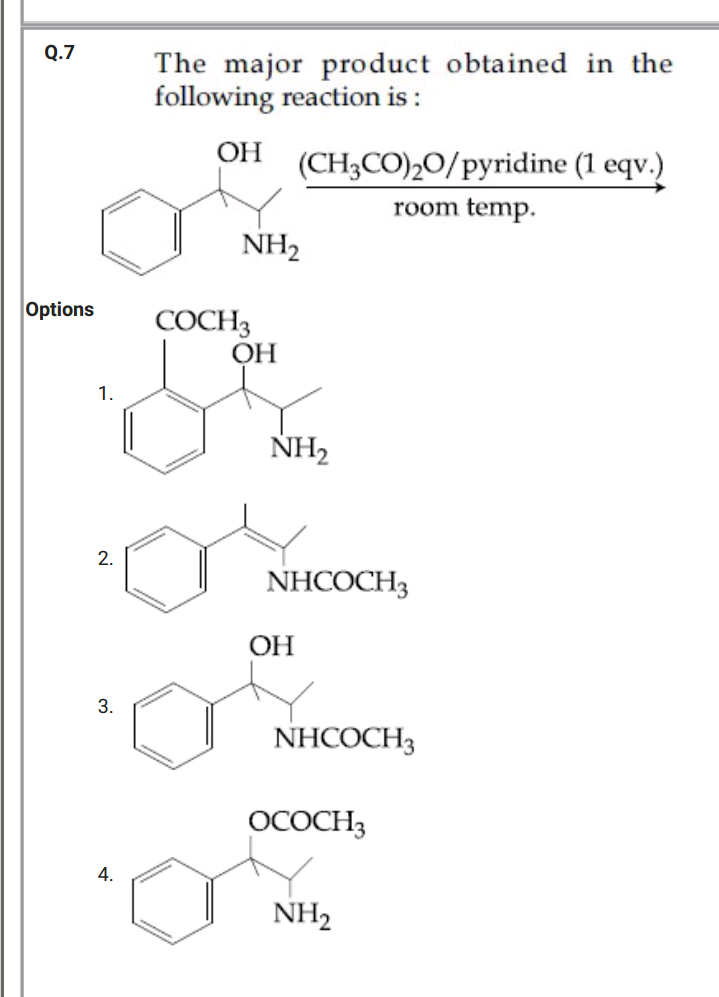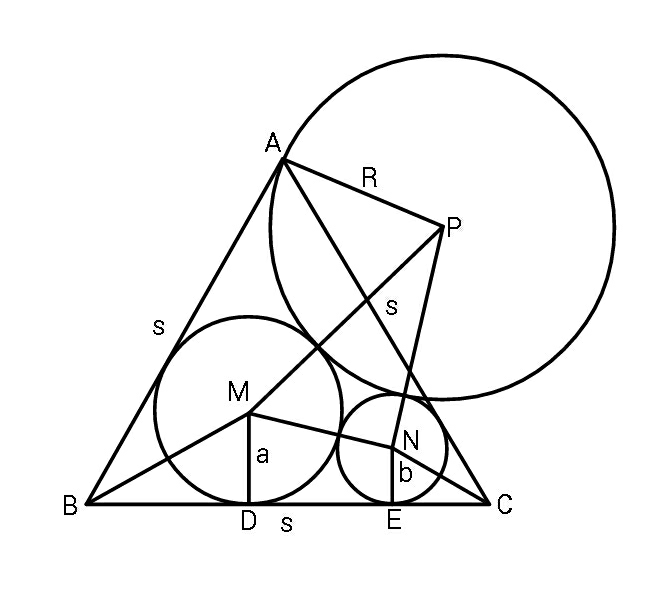
AllQuestion and Answers: Page 1568
Question Number 53676 Answers: 0 Comments: 5
Question Number 53675 Answers: 2 Comments: 0
Question Number 53727 Answers: 2 Comments: 0

Question Number 53664 Answers: 1 Comments: 1

Question Number 53647 Answers: 1 Comments: 2
Question Number 53630 Answers: 1 Comments: 0

Question Number 53624 Answers: 0 Comments: 0
Question Number 53623 Answers: 1 Comments: 3
Question Number 53621 Answers: 0 Comments: 0
Question Number 53620 Answers: 1 Comments: 4
Question Number 53619 Answers: 0 Comments: 0
Question Number 53601 Answers: 1 Comments: 0
Question Number 53600 Answers: 0 Comments: 1
Question Number 53599 Answers: 0 Comments: 1
Question Number 53618 Answers: 1 Comments: 3
Question Number 53595 Answers: 1 Comments: 5

Question Number 53593 Answers: 2 Comments: 1

Question Number 53570 Answers: 1 Comments: 7

Question Number 53556 Answers: 2 Comments: 1
Question Number 53550 Answers: 1 Comments: 2

Question Number 53532 Answers: 1 Comments: 1
Question Number 53528 Answers: 0 Comments: 0
Question Number 53530 Answers: 2 Comments: 1

Question Number 53522 Answers: 1 Comments: 0
Question Number 53518 Answers: 2 Comments: 0
Question Number 53515 Answers: 1 Comments: 0
Pg 1563 Pg 1564 Pg 1565 Pg 1566 Pg 1567 Pg 1568 Pg 1569 Pg 1570 Pg 1571 Pg 1572
